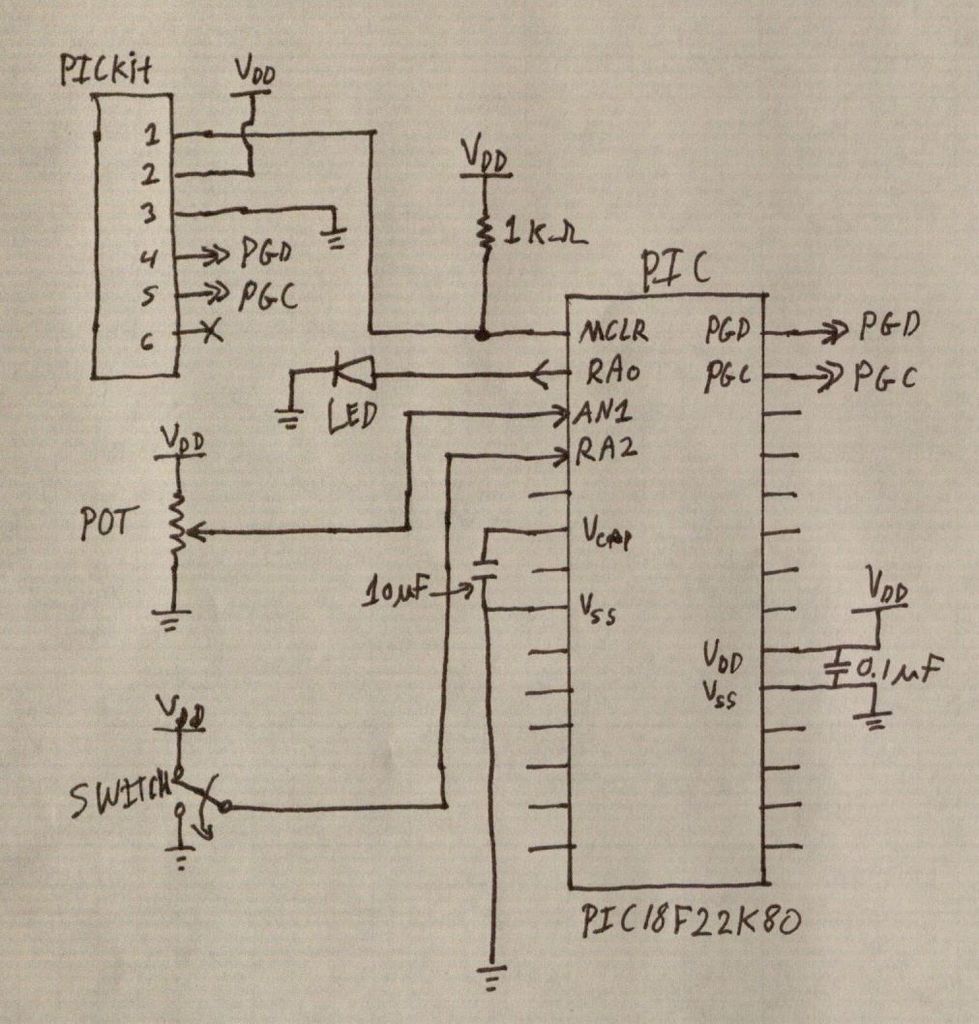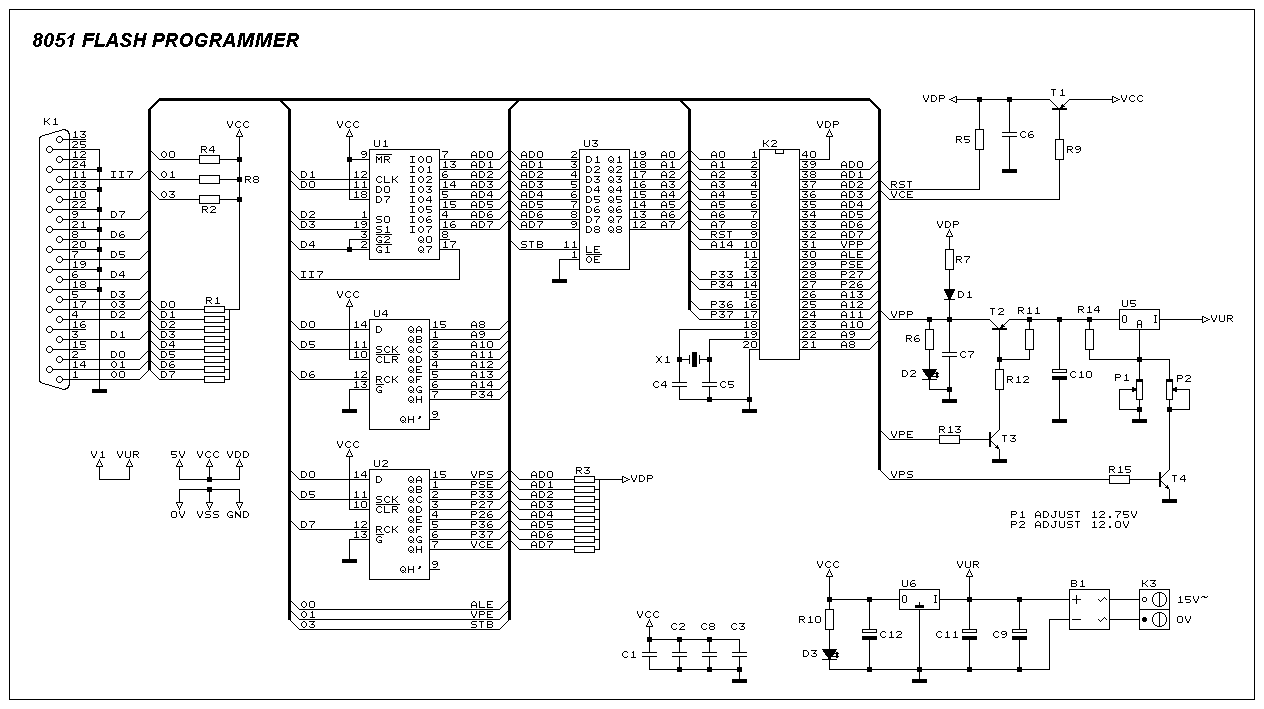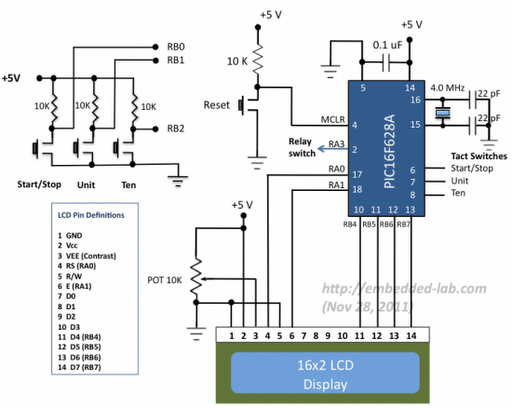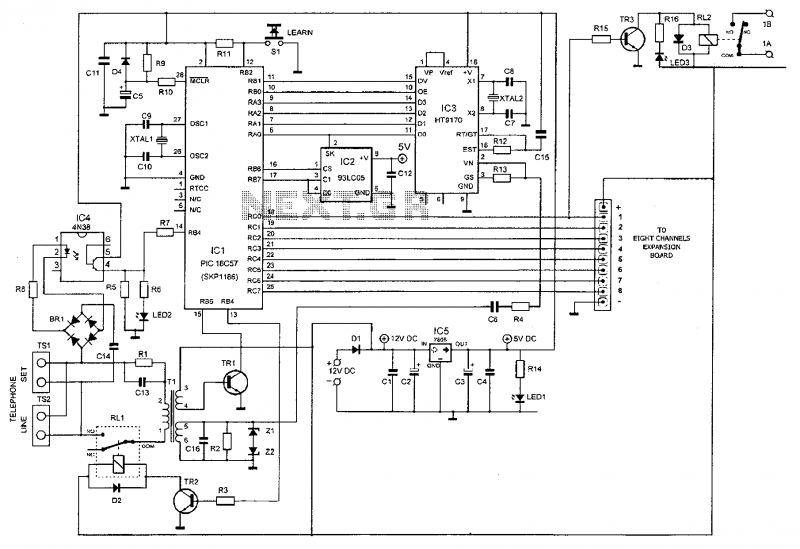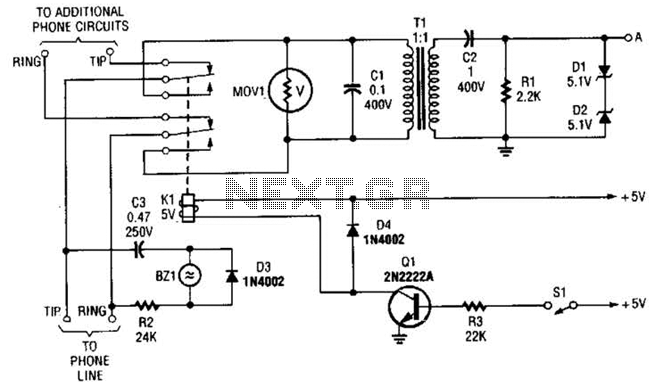
Microcontroller interface electrometer
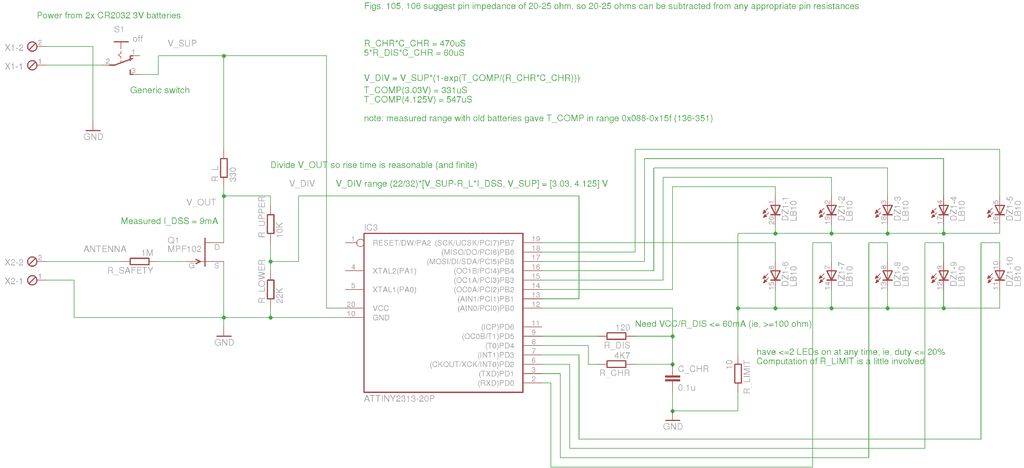
A method for measuring static electricity for a science project was sought. An old copy of "Getting Started in Electronics" by Forrest M. Mims III was referenced for guidance.
To create a static electricity measurement circuit, a simple design can be implemented using a high-impedance voltmeter or an analog meter. The circuit can be constructed using basic electronic components such as resistors, capacitors, and a sensitive meter.
The core of the circuit involves a high-value resistor, typically in the range of 1 MΩ to 10 MΩ, which is connected in parallel with the meter. This resistor allows the circuit to pick up small static charges without significantly discharging them. A capacitor can be added in parallel to the meter for smoothing the readings and preventing rapid fluctuations caused by transient static discharges.
To enhance the sensitivity of the measurement, a field-effect transistor (FET) can be incorporated. The FET acts as a high-impedance buffer, allowing the circuit to detect minute static charges. The gate of the FET can be connected to a conductive plate that collects static electricity from the surrounding environment.
The output from the meter can be calibrated to provide a readable voltage proportional to the static charge detected. Care should be taken to ensure that the circuit is properly shielded to avoid interference from external electromagnetic fields, which can affect the accuracy of the readings.
This circuit can serve as an educational tool for understanding static electricity and its measurement, providing practical experience in electronics for the student involved in the project.My daughter wanted a way of measuring static for her science project. While scanning through an old copy of Getting Started in Electronics by Forres.. 🔗 External reference
To create a static electricity measurement circuit, a simple design can be implemented using a high-impedance voltmeter or an analog meter. The circuit can be constructed using basic electronic components such as resistors, capacitors, and a sensitive meter.
The core of the circuit involves a high-value resistor, typically in the range of 1 MΩ to 10 MΩ, which is connected in parallel with the meter. This resistor allows the circuit to pick up small static charges without significantly discharging them. A capacitor can be added in parallel to the meter for smoothing the readings and preventing rapid fluctuations caused by transient static discharges.
To enhance the sensitivity of the measurement, a field-effect transistor (FET) can be incorporated. The FET acts as a high-impedance buffer, allowing the circuit to detect minute static charges. The gate of the FET can be connected to a conductive plate that collects static electricity from the surrounding environment.
The output from the meter can be calibrated to provide a readable voltage proportional to the static charge detected. Care should be taken to ensure that the circuit is properly shielded to avoid interference from external electromagnetic fields, which can affect the accuracy of the readings.
This circuit can serve as an educational tool for understanding static electricity and its measurement, providing practical experience in electronics for the student involved in the project.My daughter wanted a way of measuring static for her science project. While scanning through an old copy of Getting Started in Electronics by Forres.. 🔗 External reference
